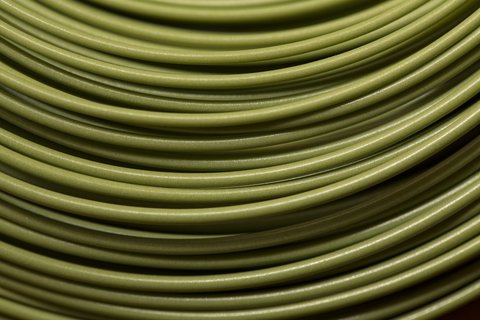Selecting fly fishing line can be one of the most confusing purchases an angler can make. There are numerous varieties and sizes on the market, which makes picking the right fly line very difficult, especially if you are inexperienced.
Narrowing down and understanding the choices can take some of the mystery out of selecting a fly line. Whether you are a beginner or a seasoned veteran, here are some tips that help you pick the fly right that is right for you.
Weight
Fly line comes in different weights, ranging from 1-15. Weights 4-8 are among the most popular. If you check your fly rod, it will usually tell you the recommended weight line for your fly rod. In other words, it tells you the weight of line that rod is designed to cast.
Advanced anglers will occasionally use lighter or heavier lines than their rod is designed for, in certain situations, but using a line that does not match your rod can affect your casting.
Weight is often associated with the type of fishing an angler is doing. A 6-weight rod/line is a very good all-around option. Lighter weights are typically better for smaller fish/water, and small, light flies. Higher weights are designed for bigger water, fish and flies.
Sinking or Floating
There are a variety of types of fly lines, but the two basic types are sinking or floating line. For most fly fishing applications, floating line is the best choice. However, if you are in a situation where you need to get your bait down deep; then sinking line would be required.
If you do a lot of fishing on choppy water or weedy lakes, you may consider an intermediate line, which sinks slowly, allowing the line to stay just below the surface.
Taper
Looking at the variety of tapers in fly lines can be extremely confusing, especially for the beginner. Basically, the taper determines how energy is transmitted and dissipated during the cast. For the majority of fly anglers, the best choice is a weight-forward taper. It is the best all-around taper good for a wide range of casting situations, whether you are on moving or still water.
The double taper is also popular, but is more limited in that it is better for moving water, and for short to medium casts. Other notable tapers include the bass bug/saltwater taper and the shooting taper.
Avoid level taper lines, which are the most difficult fly lines to cast.
Color
Many fly lines come in bright colors, like yellow and orange, which makes it easy to see your fly line. There is no bright color that works best, it is more of a personal choice of which color you prefer. Bright fly lines are especially important if you are fishing with floating line.
If you are fishing with sinking line, it is better to choose a subdued color like brown or dark green.
Understanding the basics of fly line will make it much easier to select the line that is right for you. In addition to the tips above, it is also important not to skimp on fly line. Purchase the most expensive line you can afford. Higher quality lines are better designed and manufactured, and will be much more durable than inexpensive lines.
Photo credit: Dreamstime








